If you have ever visited the Lone Star State, you are probably aware of just how hot it can get there. Pack your sunscreen and put on your tank top because this article will explore the hottest places in Texas, the animals that live there, and the record-setting temperatures they endure.
Climate in Texas
Texas has a diverse climate due to its vast size and geographical features. The state experiences a predominantly semi-arid to arid climate, with hot summers and mild winters, however, there are regional variations throughout the state. The western and southwestern regions, including areas like El Paso, have a desert climate characterized by low rainfall, high temperatures, and dry conditions. In contrast, the eastern and coastal regions, such as Houston and Galveston, have a humid subtropical climate with higher rainfall and more moderate temperatures.
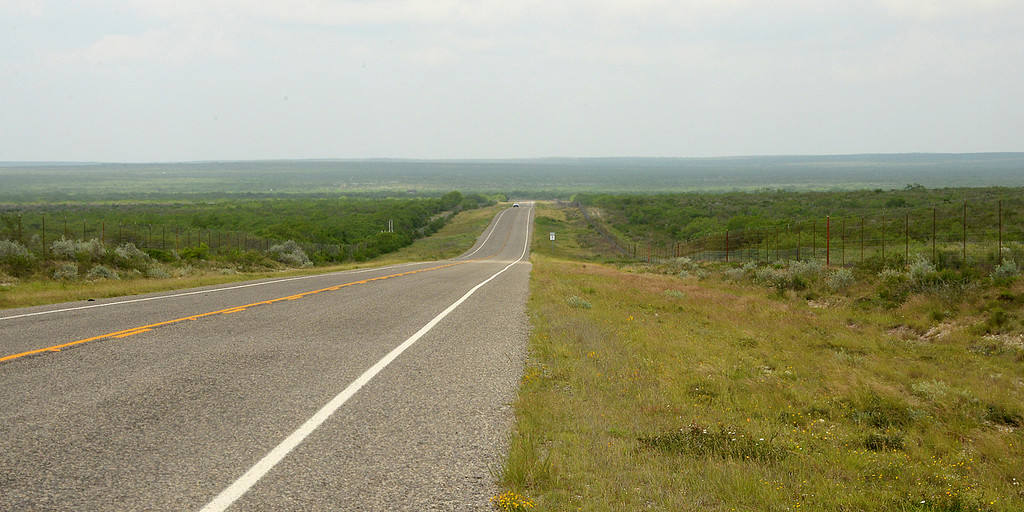
Dry scrubland dominates a large area of Texas and consists of various grass and shrub species.
©William L. Farr / CC BY-SA 4.0 – License
Summers in Texas can be sweltering, particularly in the central and western parts of the state. Average high temperatures range from the mid-90s to over 100 degrees Fahrenheit (35-38 degrees Celsius), with occasional heat waves pushing the mercury even higher. The state receives abundant sunshine during the summer months, contributing to the high temperatures. Heatwaves and droughts are not uncommon, and residents often rely on air conditioning and water conservation measures to cope with the extreme heat.
Winters in Texas are relatively mild, especially in the southern parts of the state. Average high temperatures during winter range from the 50s to the 70s Fahrenheit (10-20 degrees Celsius), although temperatures can drop below freezing, especially in the northern and western regions. Snowfall is more common in the Panhandle and the northern parts of Texas, while areas along the Gulf Coast rarely experience freezing temperatures. Winter storms occasionally bring freezing rain and ice to central and eastern parts of the state and can impact transportation and daily life. Overall, Texas experiences a wide range of climates, making it a state of climatic diversity.
Animals in Texas
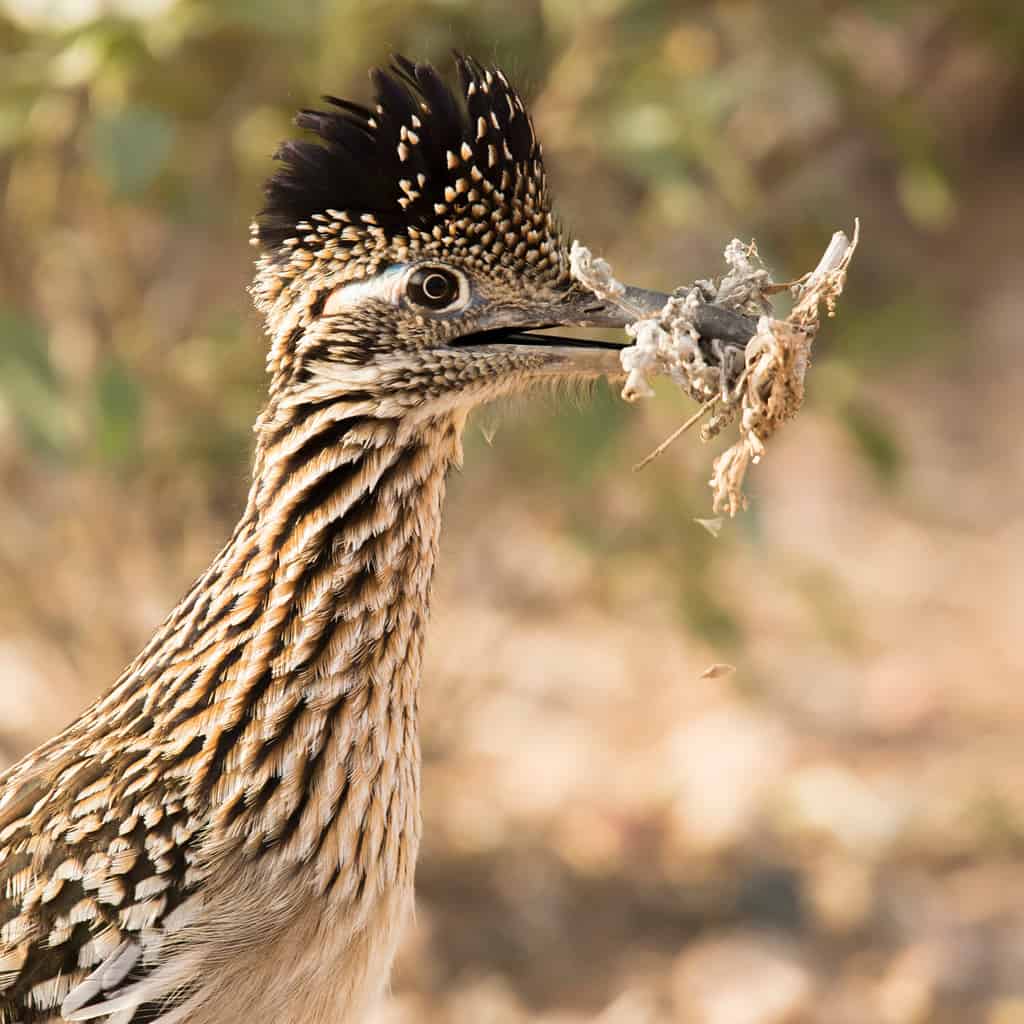
Roadrunners are well-adapted to the heat in Texas.
©AZ Outdoor Photography/Shutterstock.com
Texas is home to a variety of animal species that have evolved and adapted to survive in the state’s hot and often challenging climate. One example of an animal adapted to the heat is the roadrunner. These iconic birds have long legs for efficient running, allowing them to cover large distances while conserving energy. They also have specialized nasal glands that help them excrete excess salt, enabling them to live in arid environments. Roadrunners are opportunistic feeders that adapt their diet to the available food sources during different seasons and utilize their keen eyesight and agility to catch prey.
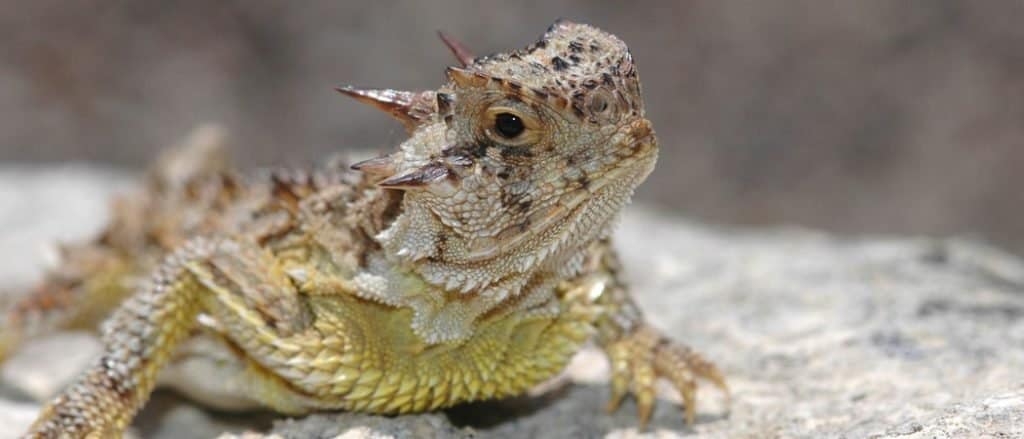
The Texas
horned lizard
has scales that aid in water retention.
©iStock.com/Shoemcfly
Another notable animal adapted to the hot climate of Texas is the Texas horned lizard, also known as the “horny toad.” These reptiles have unique adaptations to cope with the arid conditions. Their flattened body helps them stay close to the ground, minimizing exposure to the intense heat. Texas horned lizards are also covered in scales that aid in reducing water loss through their skin. Additionally, they are capable of shooting blood from their eyes as a defense mechanism against predators. By utilizing these adaptations, Texas horned lizards can thrive in the dry, hot regions of the state.
The Hottest Place in Texas
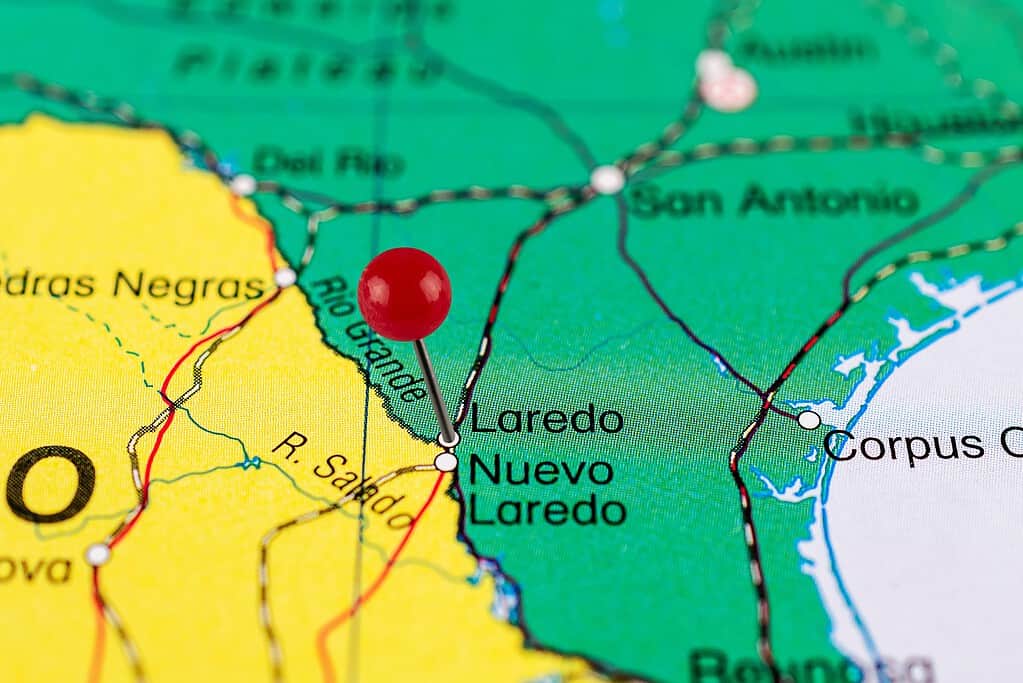
The hottest place in Texas is typically considered to be the city of Laredo.
©PredragLasica/Shutterstock.com
The hottest place in Texas is typically considered to be the city of Laredo. Located in southern Texas along the border with Mexico, Laredo experiences extremely high temperatures during the summer months. It is known for its scorching heat, with average high temperatures often exceeding 100 degrees Fahrenheit (38 degrees Celsius). The hottest temperature ever recorded in Laredo was on June 17th, 1908, when the city reached 115 degrees Fahrenheit. Other hot areas in Texas include cities like McAllen, Del Rio, and El Paso, which also experience high temperatures due to their proximity to the desert regions.
The Highest Temperature Ever in Texas
The highest temperature ever recorded in Texas was 120 degrees Fahrenheit (49 degrees Celsius). This record was set in Seymour, Texas on August 12, 1936. Seymour is in Baylor County where the average high temperatures are between 95- and 105-degrees Fahrenheit in July and August.
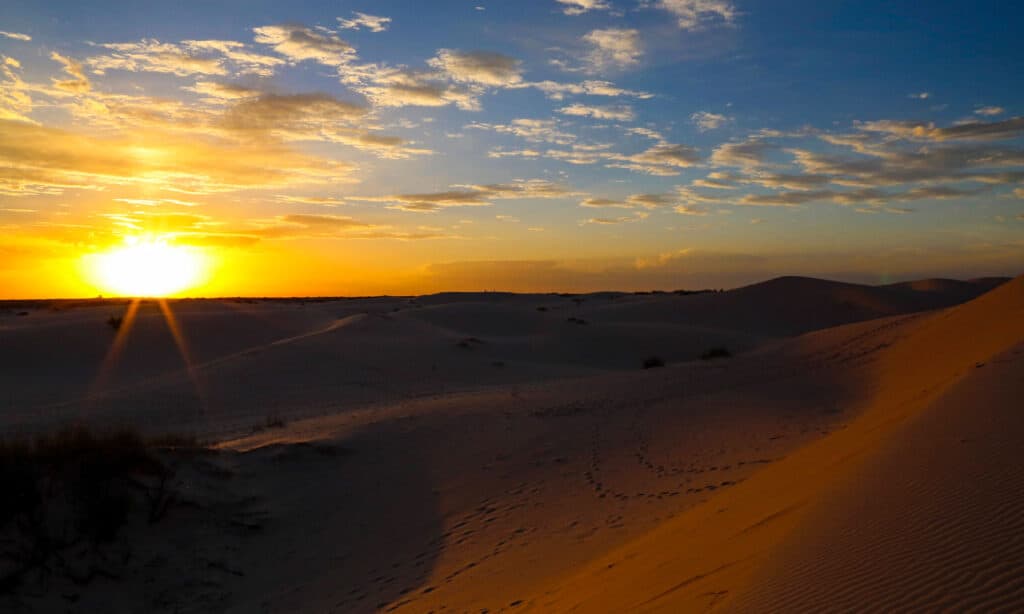
The Monahans Sandhills State Park in Texas features beautiful, rolling sand dunes.
©iStock.com/brucemaloneatx
The record-setting temperature of 120 degrees Fahrenheit occurred again on June 28, 1994, in the city of Monahans, located in Ward County, Texas. Monahans is part of the Permian Basin region and is known for its hot and arid climate. The temperatures in Monahans and the surrounding area can be quite high during the summer months. From June to August, the average high temperature ranges from the mid-90s to the low 100s Fahrenheit (around 35-40 degrees Celsius). The region experiences a desert-like climate with very little rainfall and high temperatures, making it one of the hotter areas in Texas.
The photo featured at the top of this post is © iStock.com/DenisTangneyJr
Thank you for reading! Have some feedback for us? Contact the AZ Animals editorial team.






